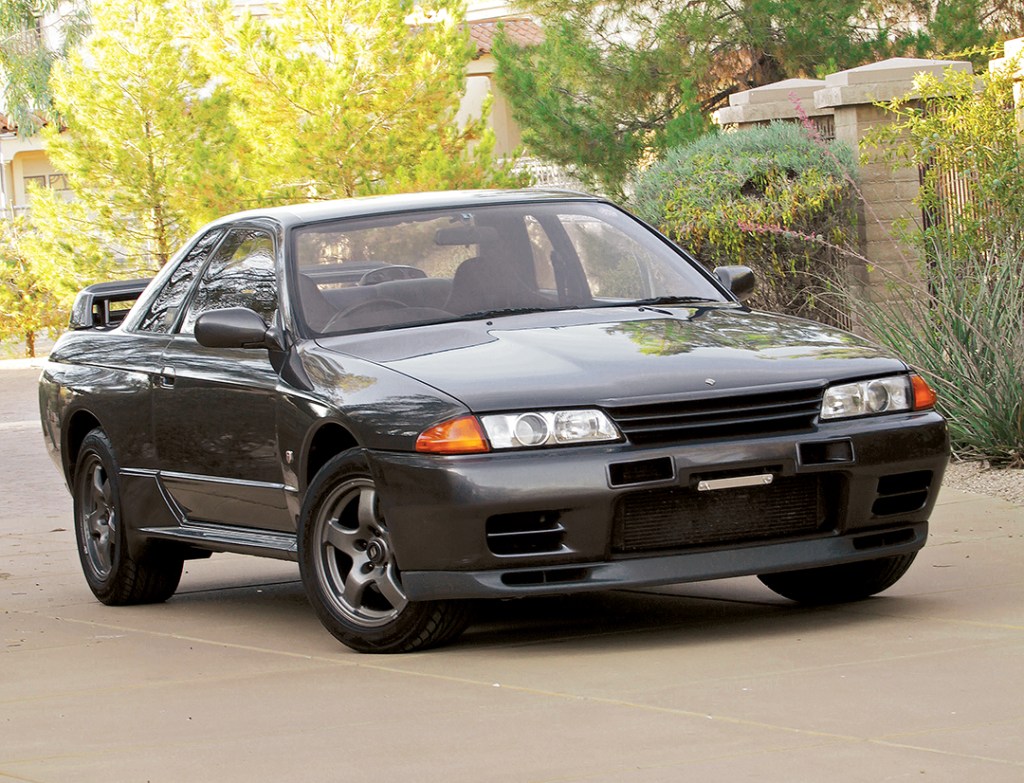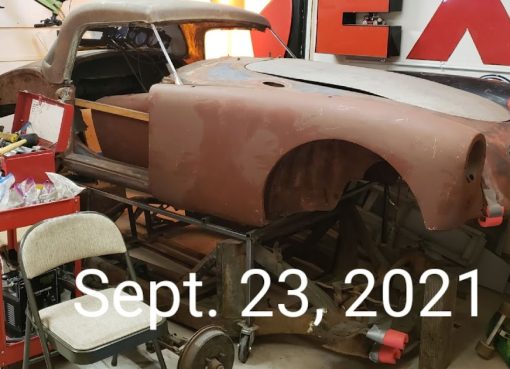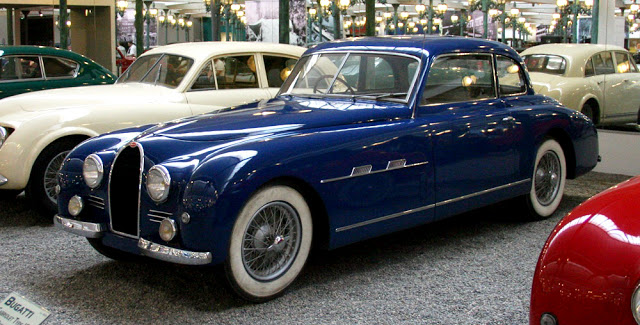Inside the Twin-Turbo, Four-Cam, RB26DETT in the 1989-’94 Nissan Skyline R32 GT-R

The 1989-’94 Nissan Skyline R32 GT-R is a performance icon, a motorsports legend, and a hero of the Playstation generation. On paper, it’s also eerily similar to a certain German über car of the era: the Porsche 959.
That’s no coincidence. The GT-R was designed to do battle in FIA Group A Touring. To make sure it would have the edge, Nissan engineers reportedly bought a Porsche 959 and became intimately familiar with Stuttgart’s high-tech, surefooted supercar. The result was a road-course monster with all-wheel-drive, twin turbos, and the added perk of four-wheel steer via Nissan’s “High Capacity Actively Controlled Steering” (HICAS). The GT-R soon earned the nickname “Godzilla,” because of the way it flattened the competition.
The roadgoing Skyline R32 GT-R was powered by a detuned version of the race engine (itself a cousin of the RB series that powered Nissan passenger cars) known as the “RB26DETT.” In its day, the engine was a technological tour de force. Decades later, it still stands out as a brilliantly effective, efficient, and ruggedly designed powerplant.
To understand the nomenclature: “RB” was the name of Nissan’s ’80s-generation inline-six engine family; “26” referred to the 2.6-liter displacement; “D” denoted double overhead-camshafts; “E” stood for electronic fuel injection; and “TT” called out the engine’s twin turbochargers.

The foundation of the RB26DETT was a cast-iron block with seven main bearings. The crankshaft was forged steel and swung six, forged, I-beam connecting rods. Topping the rods were pistons cast with built-in cooling channels for oil circulation. The engine was an oversquare design with an 86-mm bore and 73.7-mm stroke — this helped accommodate larger valves and gave the six its high-revving personality.
The cylinder head was made of aluminum alloy with pent-roof-design 65-cc combustion chambers that positioned the spark plug at the center of the valves. The crossflow setup used 35-mm intake valves and 30-mm sodium-filled exhaust valves to usher the gasses in and out, while the compression ratio was 8.62:1. A pair of belt-driven overhead cams with solid bucket-and-shim-style valve actuators did the heavy lifting for the valvetrain.
The fuel/air charge entered through an aluminum manifold outfitted with six, 45-mm throttle bodies — mounted as pairs for a total of three units — and coil-on-plug ignition provided the spark. Parallel liquid-cooled, twin turbochargers provided up to 10-psi of boost with the factory boost restrictor in place. With the restrictor removed (as most were), the turbos could spool up 14-psi of boost.

The RB26DETT’s factory rating was just 276 hp, but that was to comply with an agreement among Japanese carmakers to keep advertised power figures modest. A more realistic range is 300-350 hp, in stock tune.
The engine carried over into the R33 (1995) and R34 (1999) generation GT-Rs, with only tweaks to electronics, turbos and oil pumps along the way, and remained in production through 2002.

For more about the Skyline R32 GT-R, check out this FAQ written by Hemmings own Jeff Koch, owner of the Skyline pictured here. Jeff’s Skyline is a low production-NISMO edition built to homologate the car for competition. It’s a one-year only 1990 model and one of 500 built for resale (60 were built for competition).
The post Inside the Twin-Turbo, Four-Cam, RB26DETT in the 1989-’94 Nissan Skyline R32 GT-R appeared first on The Online Automotive Marketplace.


